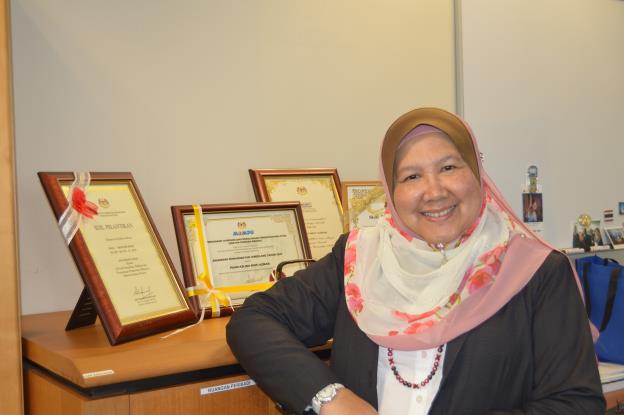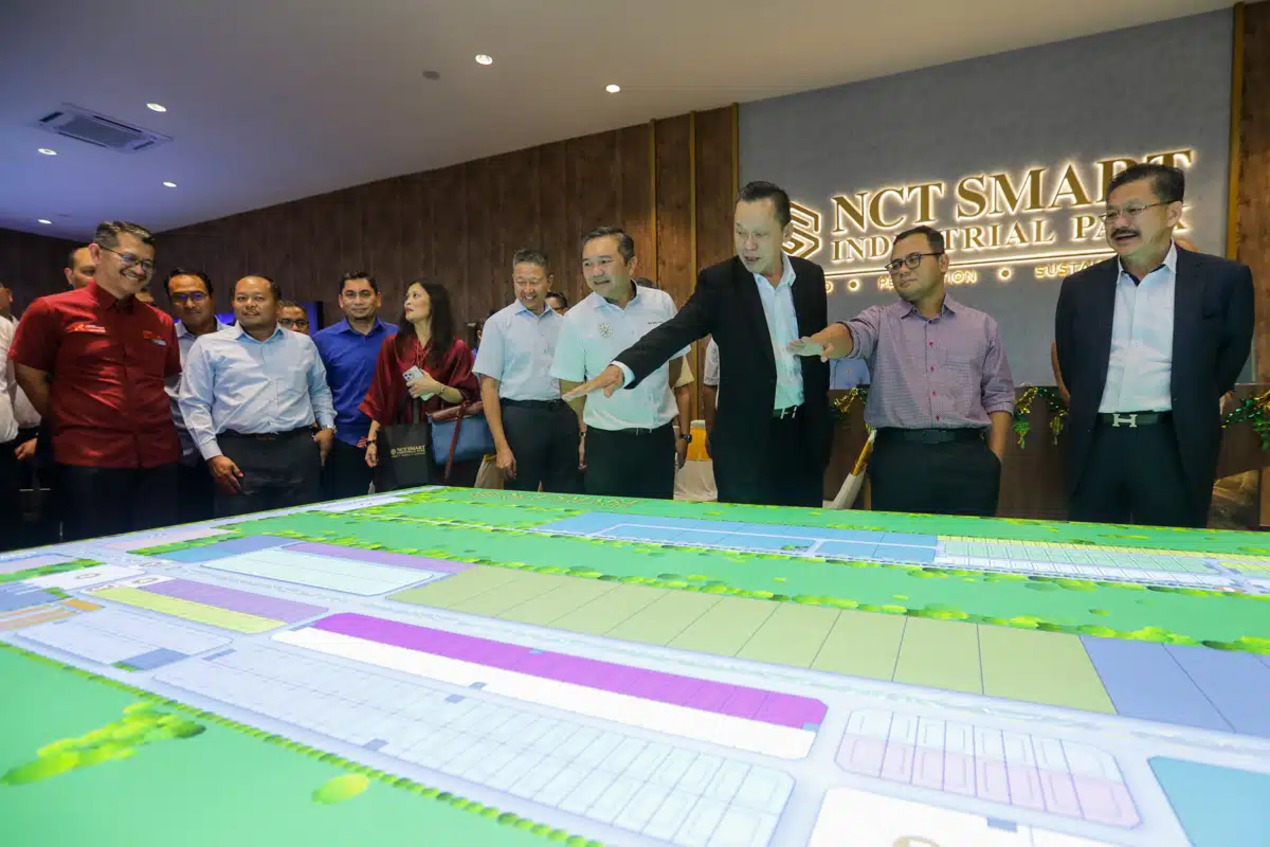
Malaysia is well on its way to becoming a more connected and advanced nation. Government agencies all across the board are working to make Digital Malaysia, a reality. Several groups in government are spearheading great digital transformation initiatives.
Take the Public Service Department of Malaysia (JPA) for example. JPA operates human resources for public sector representatives. Their services assist public servants in their everyday work tasks and responsibilities
OpenGov caught up with Mrs. Azlina Azman, Head of NBOS UnitSenior Deputy Director for Research, Planning, and Policy, Public Service Department of Malaysia (JPA), to discuss her many roles, how she is working towards consolidating government services, and what we can expect from her in the future.
Mrs. Azman is quite busy in her day-to-day routine as she juggles the task of wearing many hats. In addition to her JPA designation, she is ICT Special Officer for KPPA and Unit Head for National Promotions Strategies Initiative. Mrs. Azman serves as a beacon of ICT advisement in these several capacities. Her immense experience with integrating technology into public sector operations is cherished by many.
Consolidation of Government Services for Better Efficiency
The focus of the public sector has changed towards improving the quality of service delivery in accordance with the aspiration of becoming a developed nation by 2020. Right now, JPA is looking to meet this goal by promoting their national initiative, One Serve.
One Serve aims to consolidate government services into a one-stop shop. Rather than having citizens running from department to department, they would be able to get their passport, national identification, and more from a single service counter.
There are over 730 agencies throughout the Malaysian Government. 24 agencies have signed on to the One Serve initiative, thus far. Those who have signed on include the Ministries of Finance, Human Resources, Health, Transport, and others. Of those agencies signed on, each has incorporated One Serve into their operations with varying levels of maturity. So far, they have consolidated the services for all of JPA.
This initiative was driven by the push from the top of government to bring more efficient processes to surface. However, as Mrs. Azman tells us, these consolidated services had to be delivered to front line staff in such a way, to emphasise it was not just about them but the rest of the public.
“Our tag line for One Serve is: with passion we serve, let’s make a difference,” Mrs. Azman stated, “With this, we hope to invoke passion in the hearts of our front line staff.”
With the Transport, Immigration, and National Registry agencies on board for One Serve, up to 11 services can be provided at JPA counters.
Speaking on JPA’s journey towards consolidation, Mrs. Azman said, “The journey is long, tiring, and so taxing… but so fulfilling. You perceive the front line services as a sustainable mechanism, which needs to be addressed.”
JPA is looking to bring on many other agencies to further consolidate government services. This is all in the efforts to the better the quality and efficiency of government services to the citizens. One Serve is an ambitious product. Yet, the result of more agencies coming on would be a more positive result for all involved.
Motivating public sector to take on Digital Transformation, together
During our discussion we touched on MAMPU’s My Identity system, as it reflects one unified process for public sector services. With the My Identity system, citizens solely provide their IC number to gain access to a number of government services.
JPA is trying to leverage this system to motivate agencies to recognise the benefits of coming together.
There are three incentives used by Mrs. Azman’s team to influence agencies to take on these projects. Those incentives being:
- Transparency: Offer clarity and openness about the challenges they are to overcome.
- Support: In taking on these projects, agencies may be concerned about integration, funding, and resources. JPA offers support to agencies as they make this journey towards a more unified system.
- Recognition: Acknowledging those agencies which have made effective impact on Malaysia through digital transformation. This boosts the morale of public sector representatives. JPA has several programs in place, such as the Initiative for the National Promotion Strategies, to recognise and show appreciation to agencies for their successes.
There is a great push from higher Malaysian government officials to further integrate ICT. Yet, many public sector representatives still need to be convinced of taking on this task earnestly.
Mrs. Azman describes to us the 3 criteria which drive the implementation of a project and the beauty of collaboration. “They must have high impact, rapid execution and low costs. The beauty of a national promotion strategies initiative is, if a project is led by JPA, we can call on other agencies to leverage whatever resources they have. This kind of collaboration is now happening in such a massive movement.”
In the end, the greatest motivation is understanding that these initiatives will create a greater impact on Malaysia. When these agencies come together, they are creating a stronger and more sustainable force to be reckoned with.
Moving Forward
In 2016, Mrs. Azman is looking at the opportunities posed by big data analytics. This has been on her mind for a while since implementing One Serve. She is looking at how to grapple with big data analytics to produce better services.
Mrs. Azman is working to bring more agencies on to the One Serve initiative so as to continue her mission towards greater consolidation. Her concentration will also shift to the back end of these services. This will allow them to have all the departments operating end to end. This is essential to the improvement of service delivery throughout the whole of government
Gamification is another area of interest to Mrs. Azman. Gamification, or the process of using games so as to encourage participation, presents the prospect of increased application usage. Mrs. Azman hopes that with increased usage comes an increased understanding of government services and satisfaction.
JPA is working hard to further unify government agencies in order to consolidate services to the citizens. Big data analytics and gamification will open doors to intelligent decision making and interaction with citizens, in the near future.
In their efforts, JPA has proven to be one of the leaders in Malaysia’s journey towards digital transformation. It is expected that Mrs. Azman and her team will continue to work hard to make this dream a reality.





















